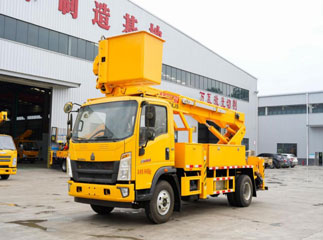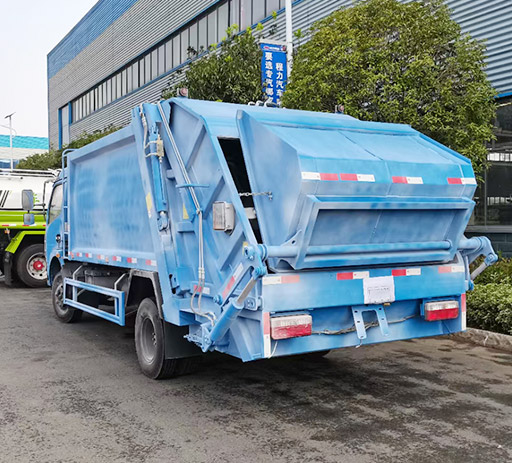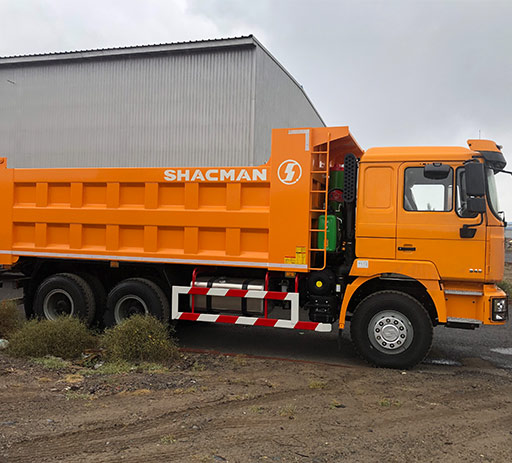How Long Do Rear Load Trash Trucks Last: A Comprehensive Guide
Introduction
When it comes to waste management, rear load trash trucks are a crucial component for municipalities and waste management companies. These vehicles are designed for efficiency and durability, but how long can you expect them to last? In this article, we delve deep into the lifespans of rear load trash trucks, factors affecting their longevity, maintenance tips, and more. Whether you’re a fleet manager, a budgeting officer, or simply curious about these workhorses of the waste management industry, this guide will provide you with valuable insights.
1. Understanding Rear Load Trash Trucks
1.1 What Are Rear Load Trash Trucks?
Rear load trash trucks are specialized vehicles equipped with a rear-loading mechanism. This design allows for efficient garbage collection, as refuse is deposited directly into the back of the vehicle. They are widely used in urban and suburban areas where waste needs to be collected regularly.
1.2 Features of Rear Load Trash Trucks
Key features of rear load trash trucks include:
- Rear-mounted loading compactor
- Varied capacity options, typically between 20 to 30 cubic yards
- Height-adjustable hoppers for easy loading
- Robust frames and chassis to support heavy loads
2. Average Lifespan of Rear Load Trash Trucks
2.1 General Lifespan Estimates
On average, rear load trash trucks can last between 10 to 15 years, depending on several factors such as usage, maintenance, and environmental conditions. However, some can exceed this range with excellent care.
2.2 Factors Influencing Lifespan
Several factors can significantly affect how long a rear load trash truck lasts:
- Quality of Manufacturing
- Maintenance Practices
- Operating Conditions
- Frequency of Use
- Types of Waste Collected
3. Maintenance Practices for Longevity
3.1 Routine Inspections
Regular inspections are vital for identifying potential issues before they escalate. This includes checking brakes, tires, the compaction system, and hydraulic components.
3.2 Oil Changes and Fluid Levels
Keeping up with oil changes is crucial in extending the life of an engine. Regularly check fluid levels, including hydraulic fluid, to ensure proper operation.
3.3 Proper Cleaning Procedures
Cleaning the truck, both inside and outside, prevents corrosion and machinery malfunction. Getting rid of any residue or waste will also ensure the longevity of the compaction system.
4. Real-World Examples: Case Studies
4.1 Case Study 1: City A’s Fleet Management
City A operated a fleet of rear load trash trucks for 15 years with a regular maintenance schedule. Their trucks, obtained from a reputable manufacturer, showed minimal signs of wear, indicating that diligent upkeep plays a significant role in longevity.
4.2 Case Study 2: Company B’s Waste Collection
Company B cut costs by utilizing older trucks but experienced a much higher breakdown rate, leading to increased operational downtime. This emphasizes the need for a balance between cost savings and investment in reliable, well-maintained vehicles.
5. Upgrades that Enhance Longevity

5.1 Investing in Quality Parts
Using OEM (Original Equipment Manufacturer) parts for repairs and replacements ensures compatibility and durability, prolonging vehicle life.
5.2 Implementing Technology

Modern technology can alert operators to mechanical issues before they become serious, helping to maintain the truck’s lifespan. Examples include telematics systems that monitor various vehicle parameters.
6. The Economic Impact of Truck Lifespan
6.1 Cost vs. Benefit Analysis
Understanding the financial implications of a trash truck’s lifespan can help cities and companies make informed decisions regarding their fleets. Investing in more durable trucks upfront can result in lower repair and replacement costs over time.
6.2 Fleet Downtime Costs
| Type of Downtime | Estimated Cost Per Hour | Impact on Overall Budget |
|---|---|---|
| Preventable Maintenance | $100 | High |
| Unscheduled Repairs | $150 | Very High |
7. Future Trends in Waste Management Vehicles
7.1 Electric and Hybrid Models
As cities aim to reduce carbon footprints, electric and hybrid rear load trash trucks are gaining popularity. These vehicles often have different maintenance needs, which can influence their overall lifespan.
7.2 Innovations in Design and Technology
New designs that emphasize efficiency and durability are critical as well. Manufacturers are focusing on lighter materials that can reduce wear and tear on the vehicle.
8. Frequently Asked Questions (FAQ)
8.1 How often should rear load trash trucks be serviced?

Ideally, trucks should be serviced at least every 6 months, although more frequent checks are recommended for heavy-use vehicles.
8.2 What are common problems with rear load trash trucks?
Common issues include hydraulic system failures, brake wear, and electrical problems, which can all be mitigated with regular maintenance.
8.3 How can I tell if my rear load trash truck needs replacement?
Signs include frequent breakdowns, increasing repair costs, and performance issues. If maintenance costs significantly exceed operating costs, it may be time for a replacement.
8.4 Are there warranties available for new rear load trash trucks?
Most manufacturers offer warranties that cover a specific range of years or mileage, which can help mitigate initial costs.
8.5 What impact does load weight have on truck lifespan?
Heavier loads put more stress on the vehicle’s components, resulting in faster wear and tear. It’s essential to adhere to the manufacturer’s recommended load limits.
8.6 Are there environmentally friendly options for rear load trash trucks?
Yes, many manufacturers are now producing electric or hybrid rear load trash trucks that produce fewer emissions than traditional models.
